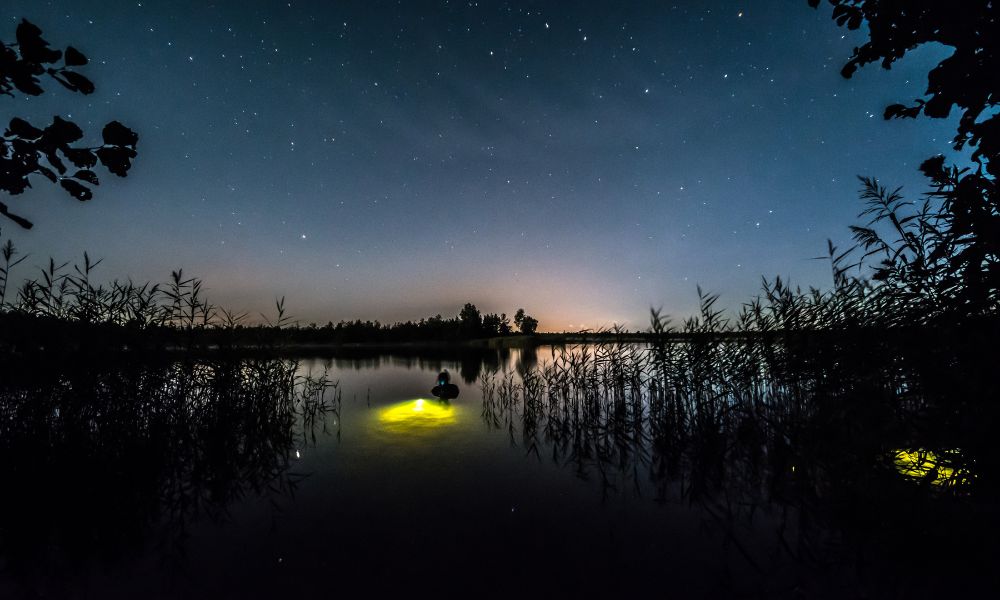Electrofishing has revolutionized the way we conduct fish population assessments and aquatic ecosystem monitoring. This powerful technique employs electric currents to attract and momentarily stun fish, making it easier to capture and examine them with minimal harm. If you’re a beginner to electrofishing, you’ve come to the right place! Here, we’ll cover helpful tips for upping your electrofishing game, from choosing the right equipment to mastering various techniques and safety considerations.
Proper Equipment and Gear
Investing in the right equipment is crucial to your success in electrofishing. Your gear should consist of a backpack or boat-mounted electrofisher, a quality anode (usually a long pole), a cathode (typically a long cable), and a net. Ensure your equipment meets the standards of regional organizations and regulatory agencies, as this will maximize your chances of success and safety. If you’re fishing at night to take advantage of fish gathering in shallow water, you’ll need to choose electrofishing lights for nighttime surveying. Additionally, don’t forget to wear appropriate personal protective equipment, including rubber gloves, waders, or a dry suit.
Conducting Pre-Fishing Surveys
Before you embark on your electrofishing adventure, conducting a pre-fishing survey is essential. These surveys provide valuable information on habitat features, water characteristics, and fish species present in the area. Generally, the data you should gather includes water depth, conductivity, temperature, and stream flow rate. Using a GPS is also recommended to help establish a connection between fish distribution and environmental factors. Analyzing this information will enable you to tailor your electrofishing approach for maximum efficiency.
Safety Considerations
Electrofishing can pose safety risks if you don’t execute it correctly. Be aware of possible hazards such as submerged obstacles, electrical accidents, or physical injuries. To minimize these risks, never electrofish alone, maintain a safe distance from the anode, and be mindful of water depth and conductivity. Always wear the PPE we mentioned above, and regularly inspect your equipment for wear and tear, replacing faulty components as needed.
Improving your electrofishing abilities involves investing in proper equipment, conducting thorough pre-fishing surveys, and adhering to safety considerations. Now that you’re equipped with these helpful tips for upping your electrofishing game, it’s time to venture into the world of aquatic ecosystems and make a splash.


